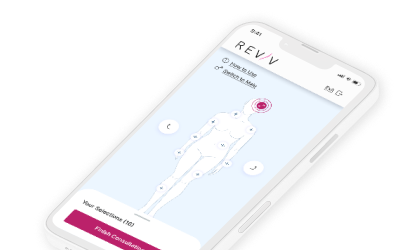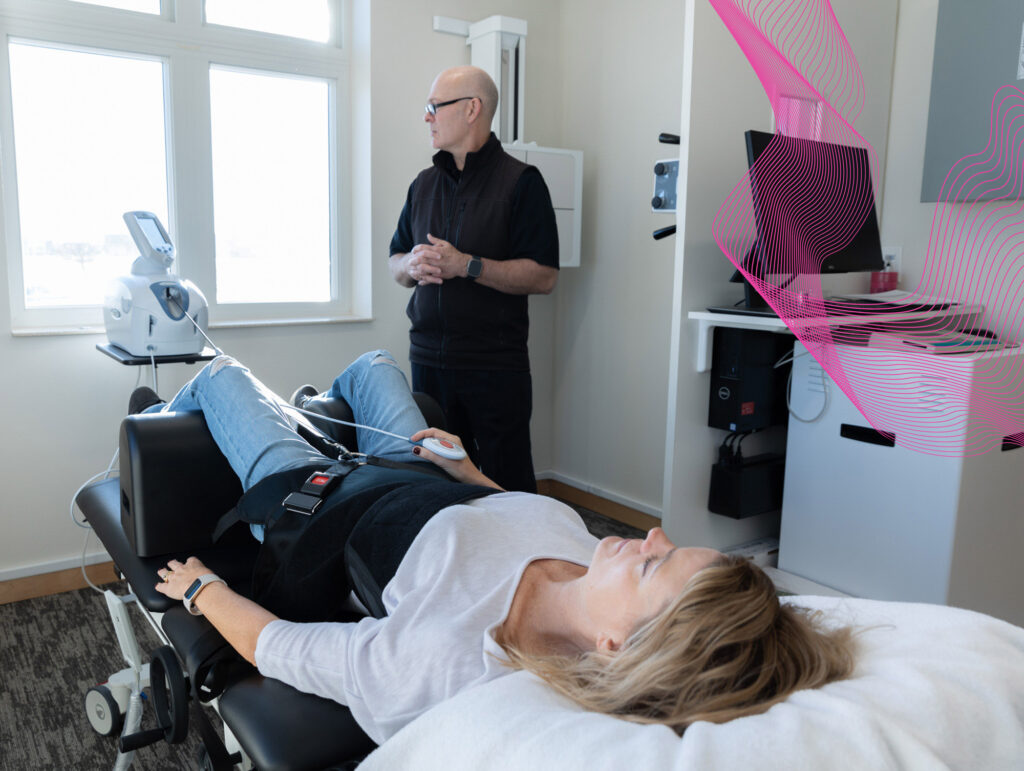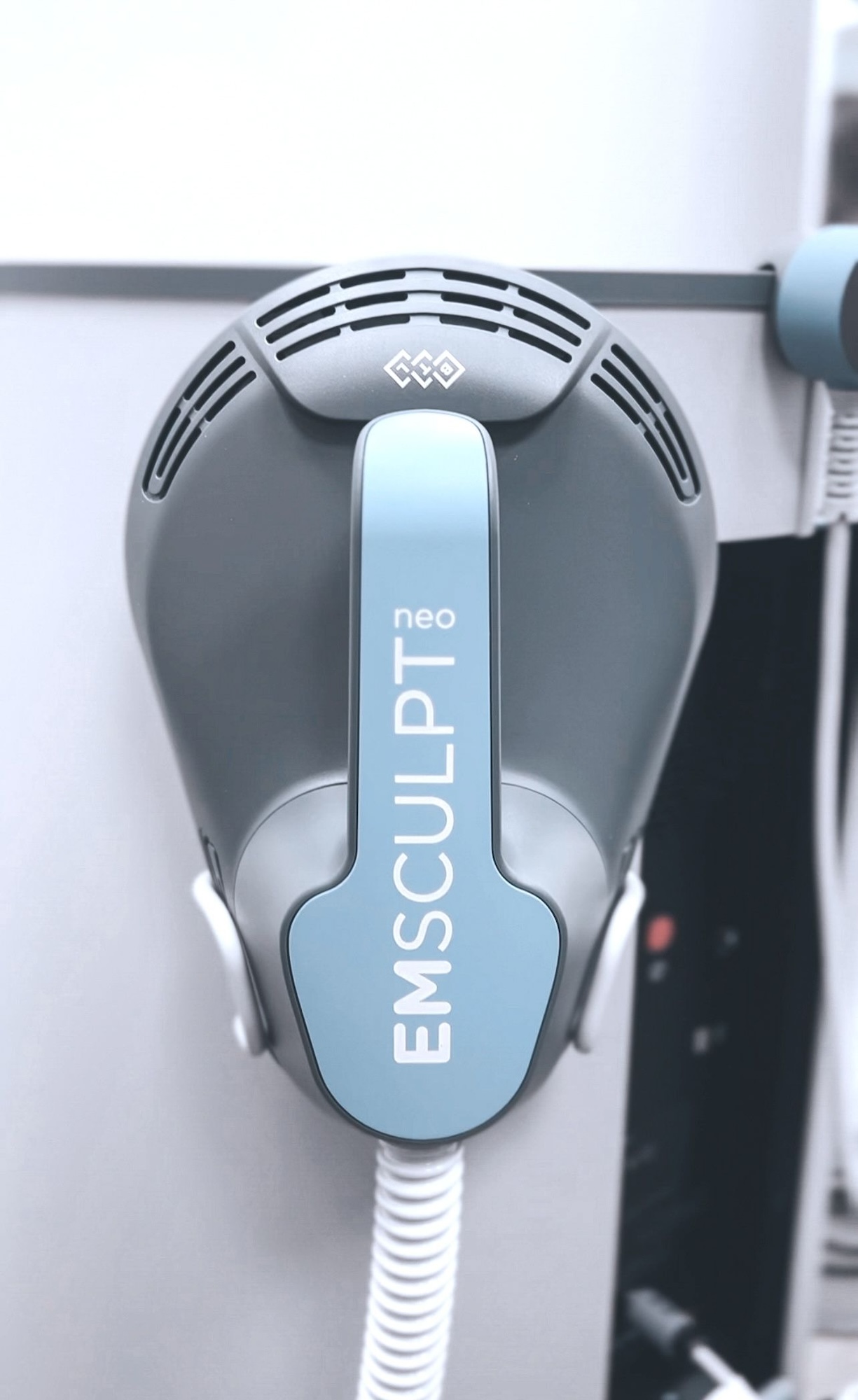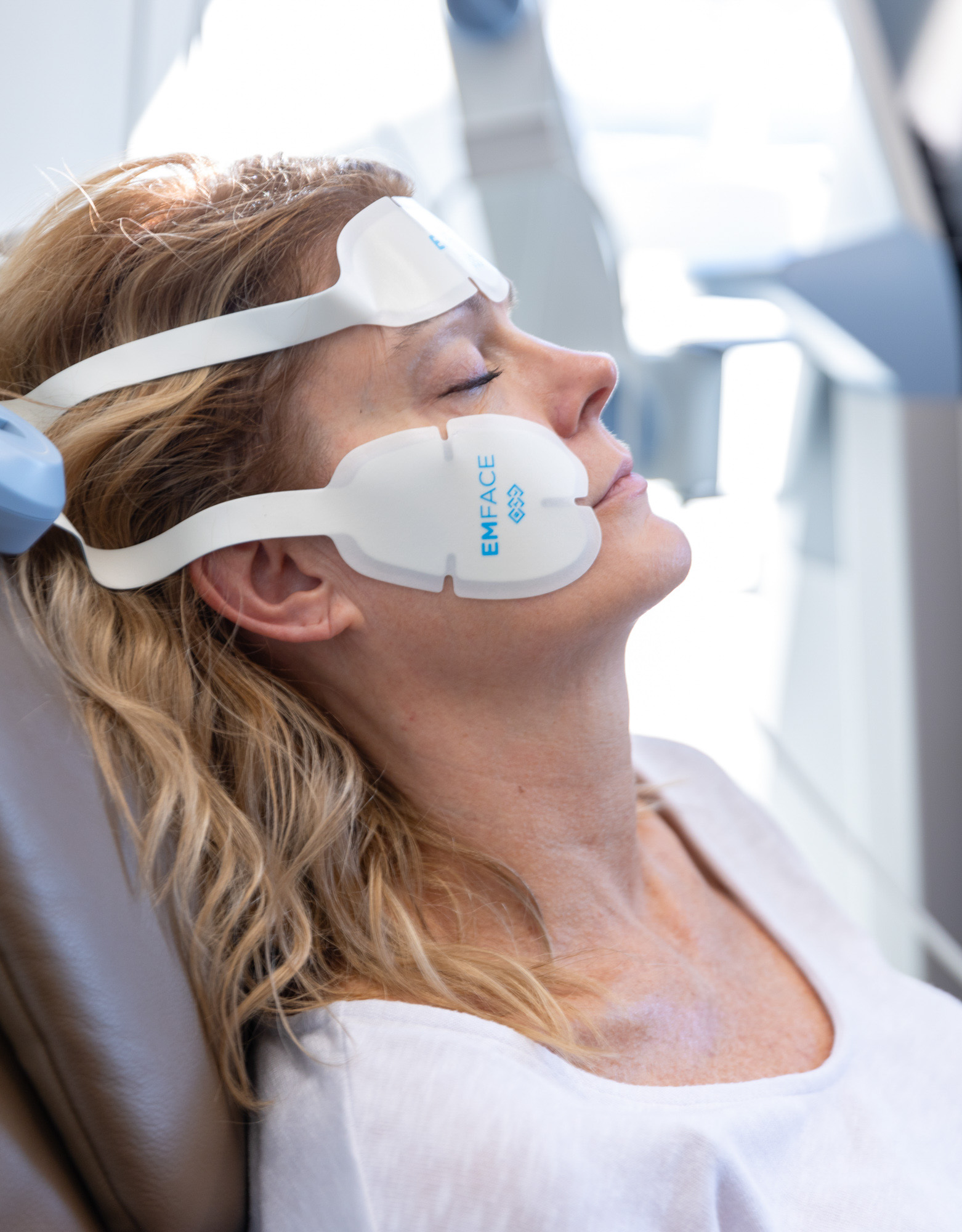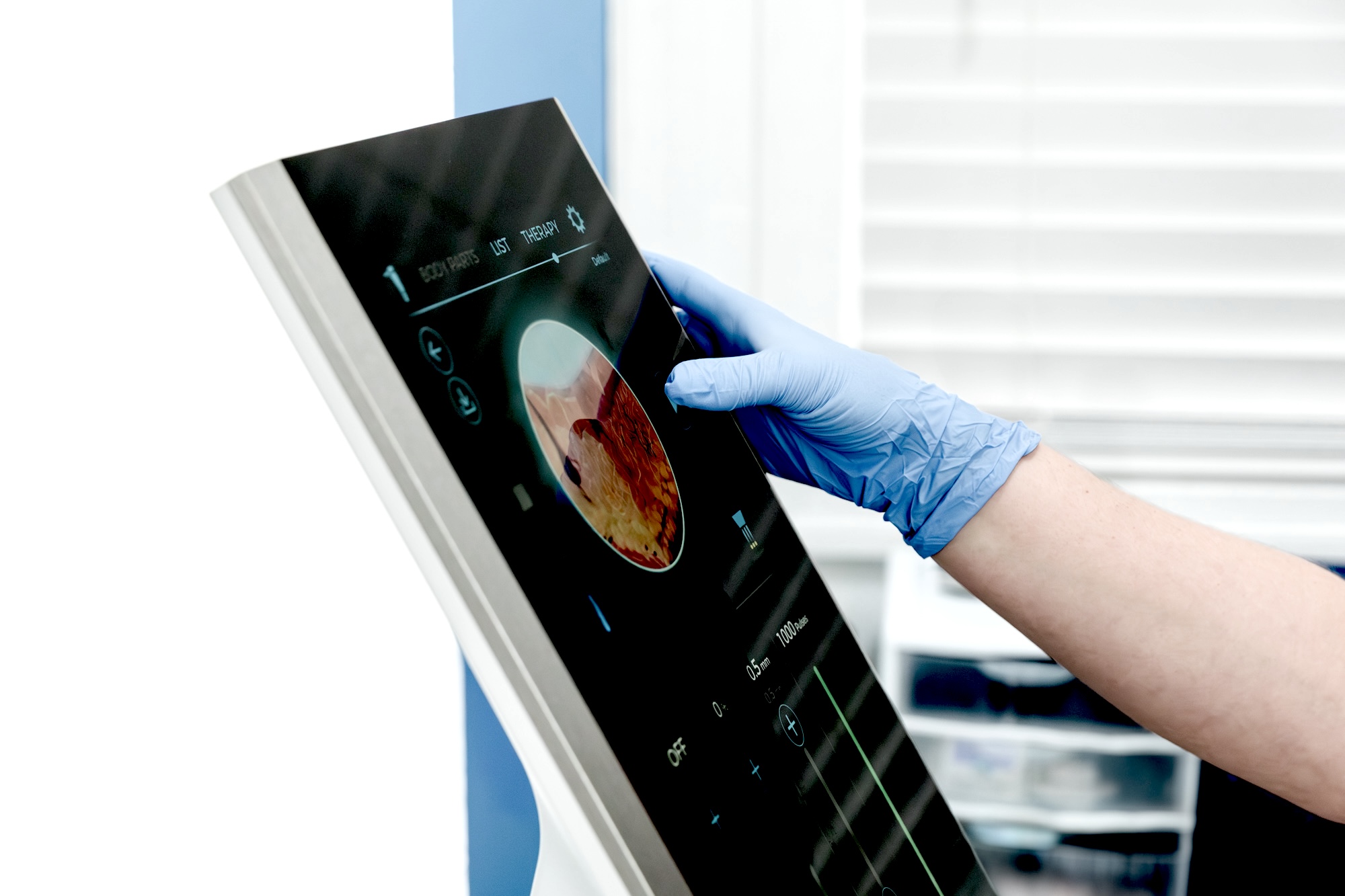While we do not offer steroid injections for joint pain management, we feel our clients should be well-informed about the risks and benefits of both treatments. Both work to alter the immune system to decrease the inflammatory response in order to reduce pain. However, each works differently to achieve that goal.
In a nutshell, a steroid works by shutting off components of the immune system responsible for creating inflammation to decrease pain. Some of the possible side effects of a steroid injection include increased blood sugar (a problem for diabetic clients), increased risk for cataracts, increased risk for osteoporosis in the injected area, and increased ligament instability to the injected site.
PRP works slightly differently. We innately have cell signaling processes that send platelets to an area of injury to help begin the process of repair. However, as we age, acquire suboptimal health conditions, etc., our innate ability to recruit platelets to an area of injury or pain decreases. In the process of PRP, we draw your blood, spin it in a centrifuge, and use the liquid (plasma) for injection.
Through the process of separating the liquid and solid components of blood, we increase the concentration of platelets and therefore increase the concentration of growth factors that promote collagen growth, bone formation, cartilage growth, and hyaluronic acid production, and decrease inflammatory factors.
When explaining the difference to clients, we often refer to the story of the tortoise and the hare. In this scenario, a steroid is the hare, and PRP is the tortoise. Steroids typically work quicker than PRP, but results also don’t last as long as PRP.

